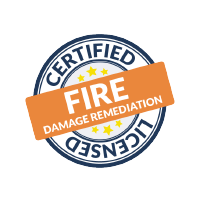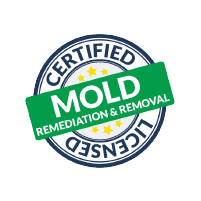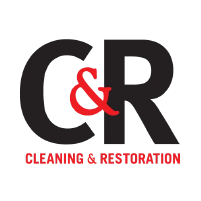Preventing scope creep in water damage restoration projects is crucial to ensure the efficient and timely completion of the job. Here are some tips to help you prevent scope creep:
- Thorough Initial Assessment:Conduct a detailed initial assessment of the water damage and document all affected areas. This includes assessing the extent of damage, potential hazards, and required restoration work. A comprehensive understanding at the beginning helps in setting clear boundaries for the project.
- Detailed Scope of Work (SOW):Develop a detailed Scope of Work document that clearly outlines the tasks, responsibilities, and deliverables of the restoration project. Share this document with all stakeholders involved, including the client, contractors, and team members.
- Clear Communication:Maintain open and transparent communication with the client and all project stakeholders. Clearly explain the limitations of the project and what is included in the scope. Regular updates and progress reports can help manage expectations and avoid misunderstandings.
- Change Request Process:Establish a formal change request process. If there are any changes or additions to the original scope, require that these be documented and approved by both the client and project team before implementation. This helps prevent unauthorized scope changes.
- Contingency Planning:Build contingency buffers into the project plan to account for unforeseen circumstances or minor changes that may arise during the restoration process. This ensures that you have some flexibility without compromising the project timeline.
- Regular Inspections and Quality Checks:Conduct regular inspections to monitor progress and identify any deviations from the agreed-upon scope. Implementing quality checks ensures that the work meets the required standards and prevents unnecessary rework.
- Experienced Project Management:Assign an experienced project manager to oversee the water damage restoration project. An experienced manager can anticipate potential issues, manage resources efficiently, and make informed decisions to keep the project on track.
- Client Education:Educate the client about the restoration process, potential challenges, and the importance of adhering to the agreed-upon scope. Managing client expectations and providing realistic timelines can help prevent requests for additional work.
- Documentation:Maintain thorough documentation throughout the project. This includes photographs, reports, and any changes to the original scope. Having a detailed record can be valuable in case disputes arise.
- Legal Protections:Consider including legal protections in your contracts, such as clauses that clearly define the scope of work and the consequences of unauthorized scope changes. Consult with legal professionals to ensure your contracts are comprehensive.
By implementing these tips, you can enhance your ability to prevent scope creep in water damage restoration projects and ensure a smoother and more successful outcome.








